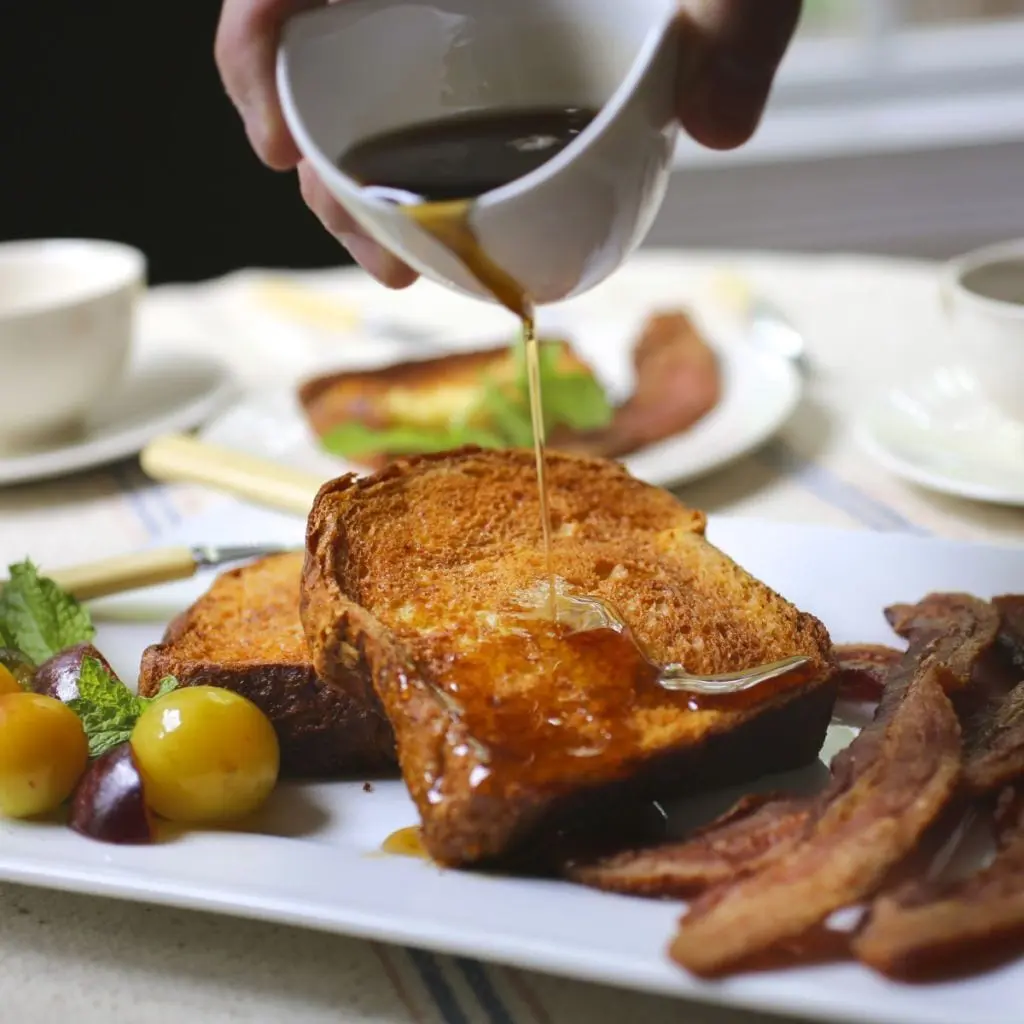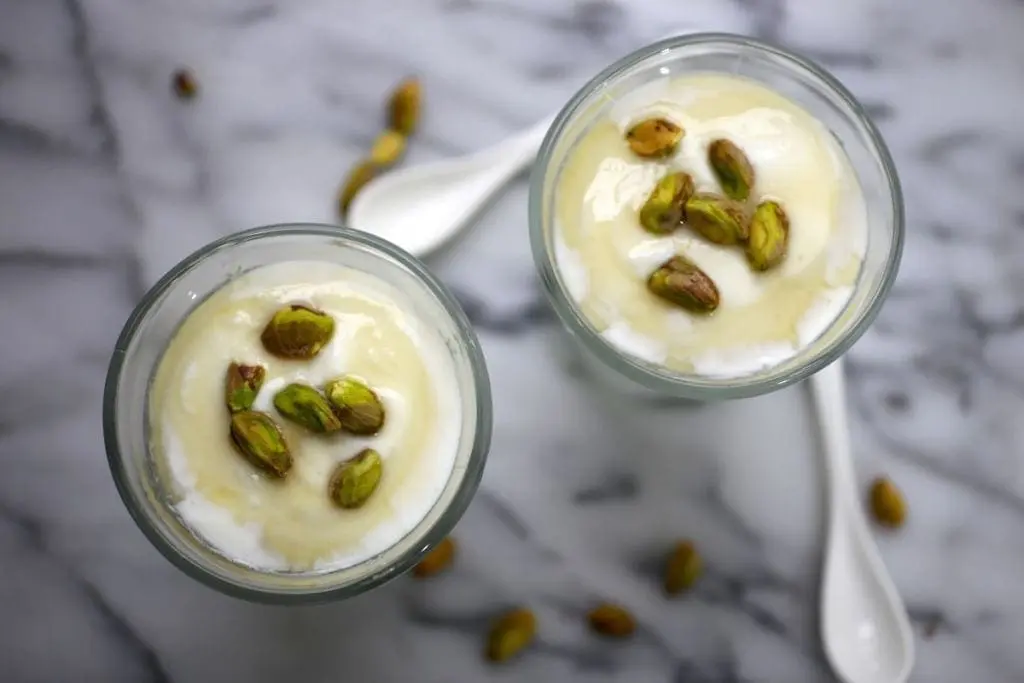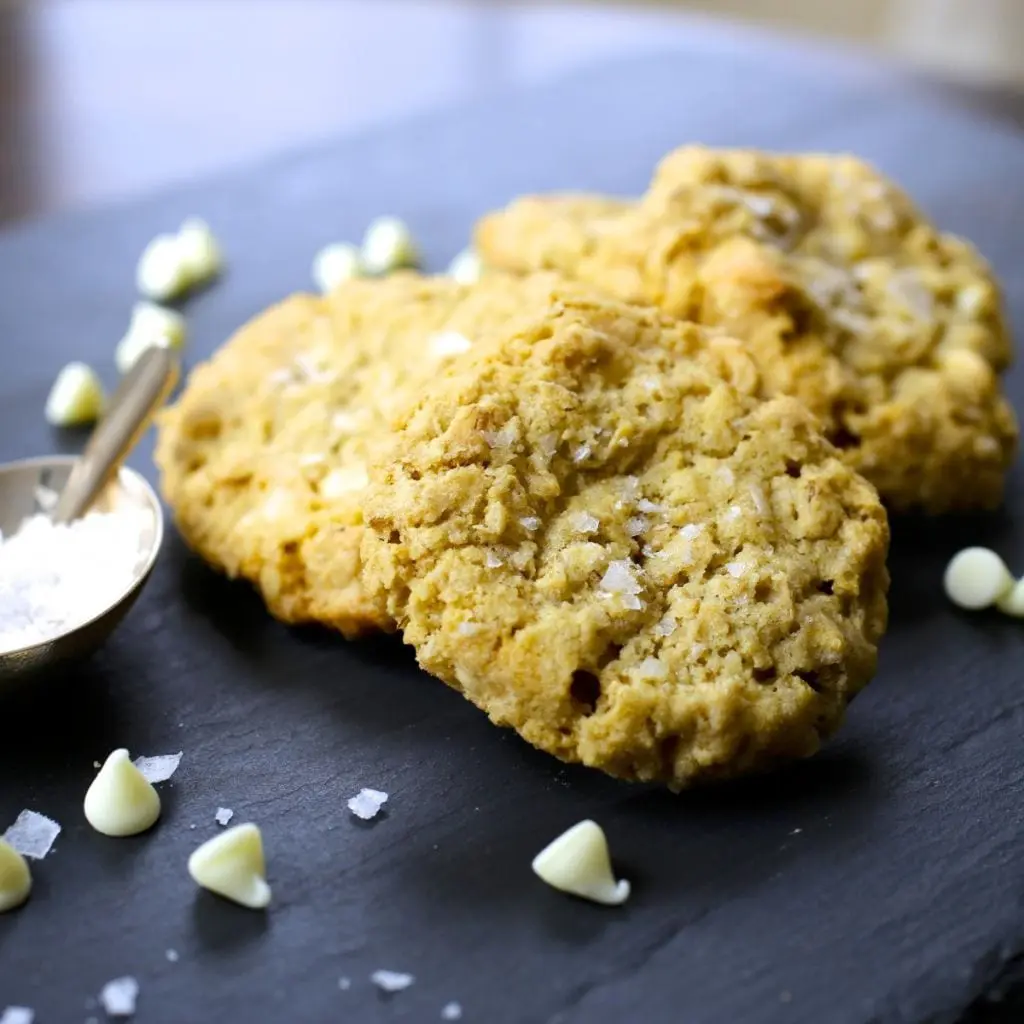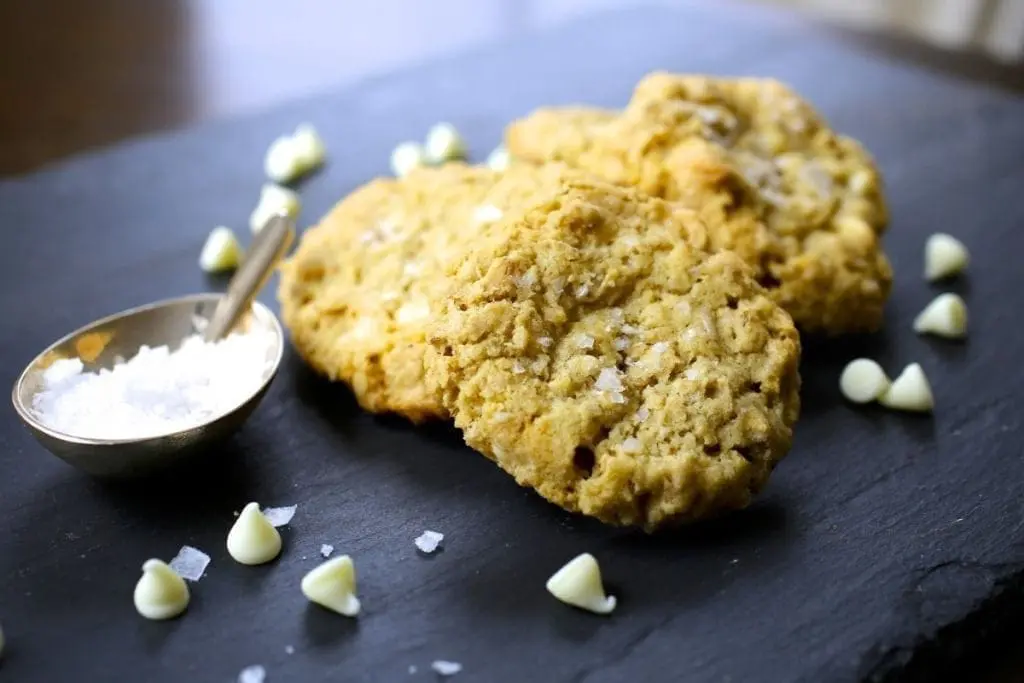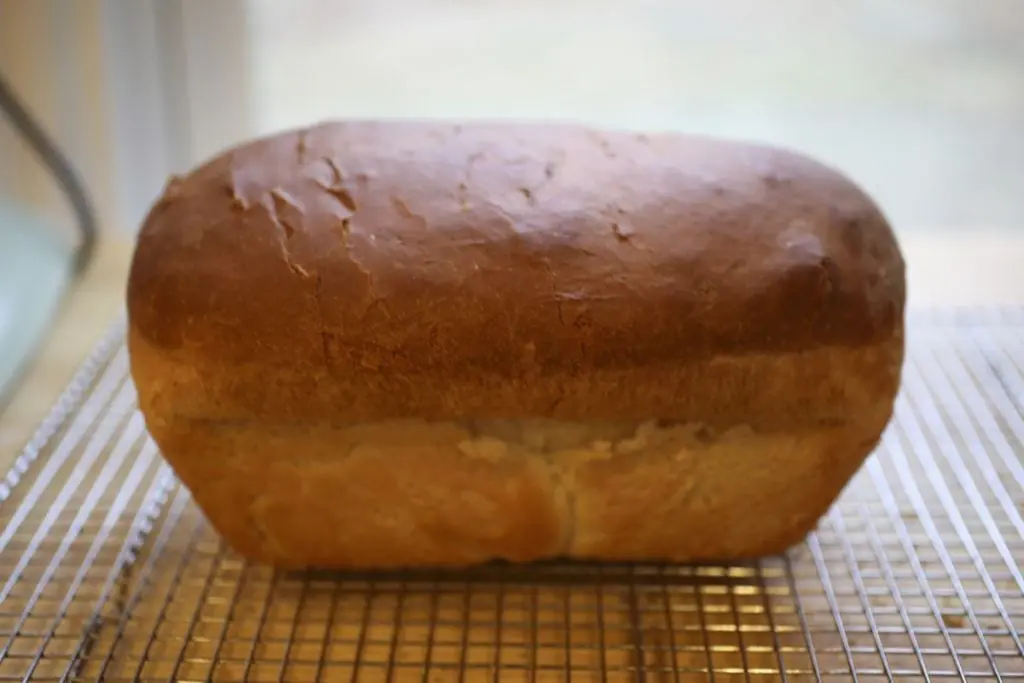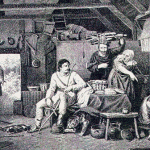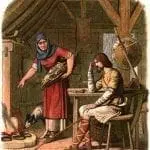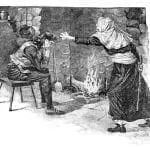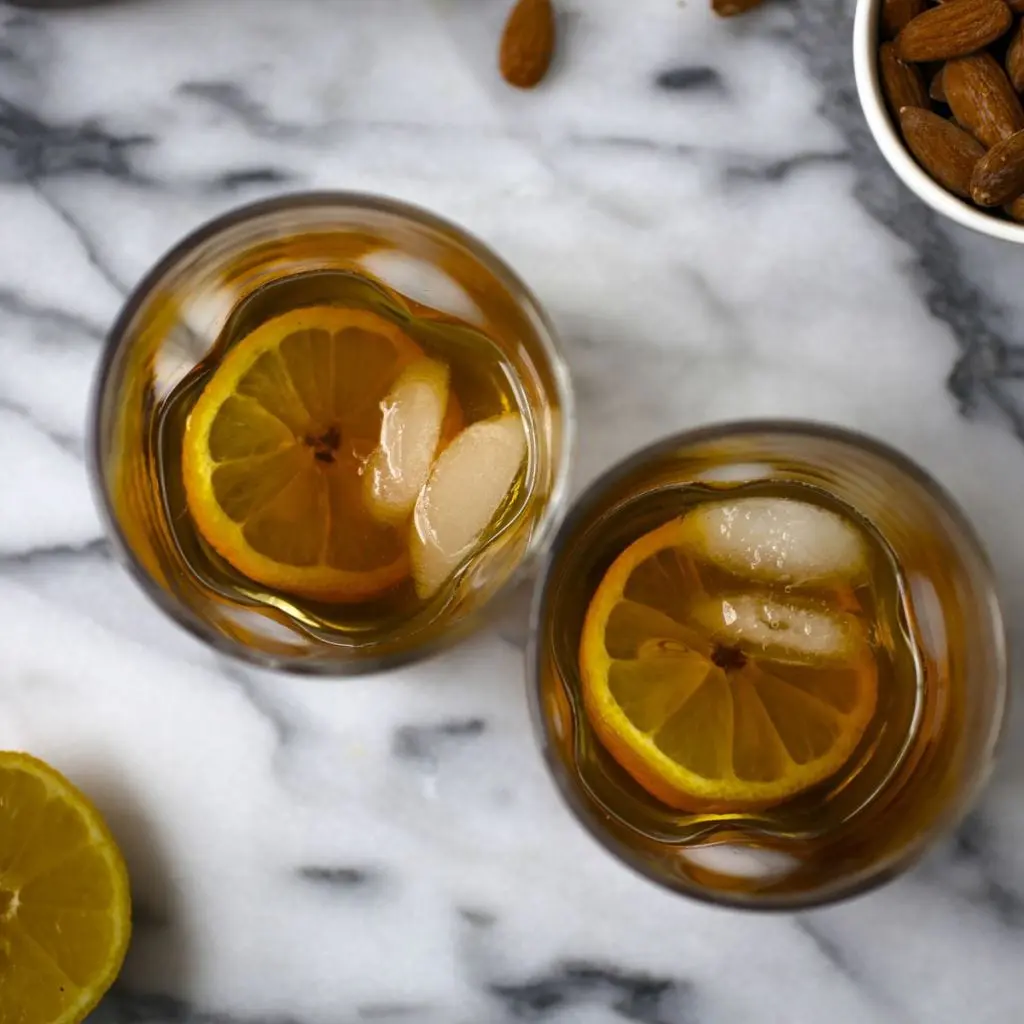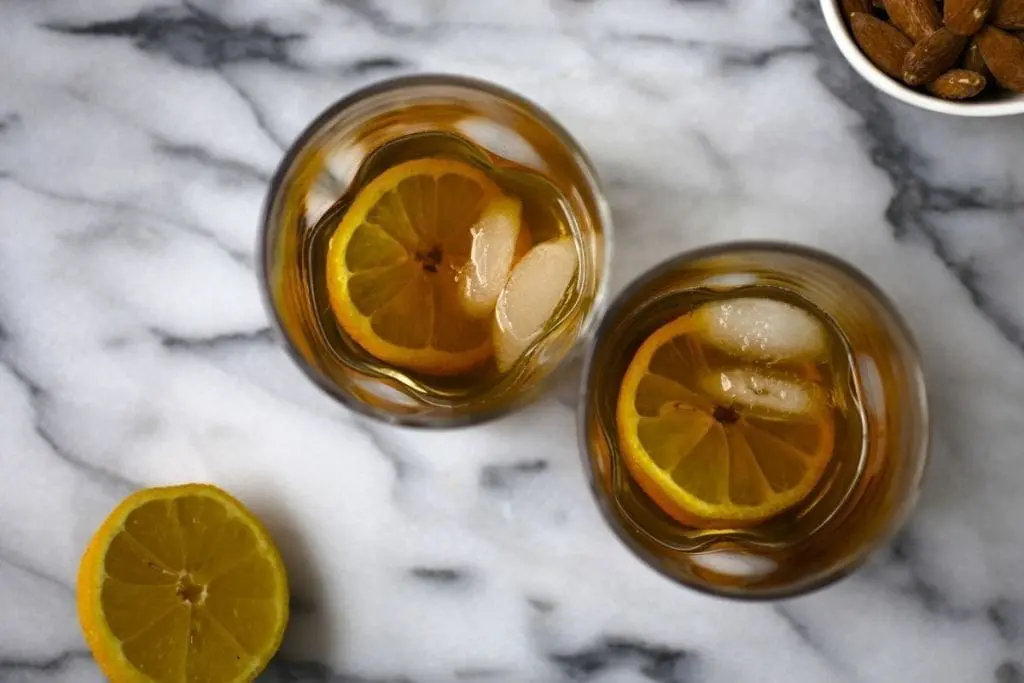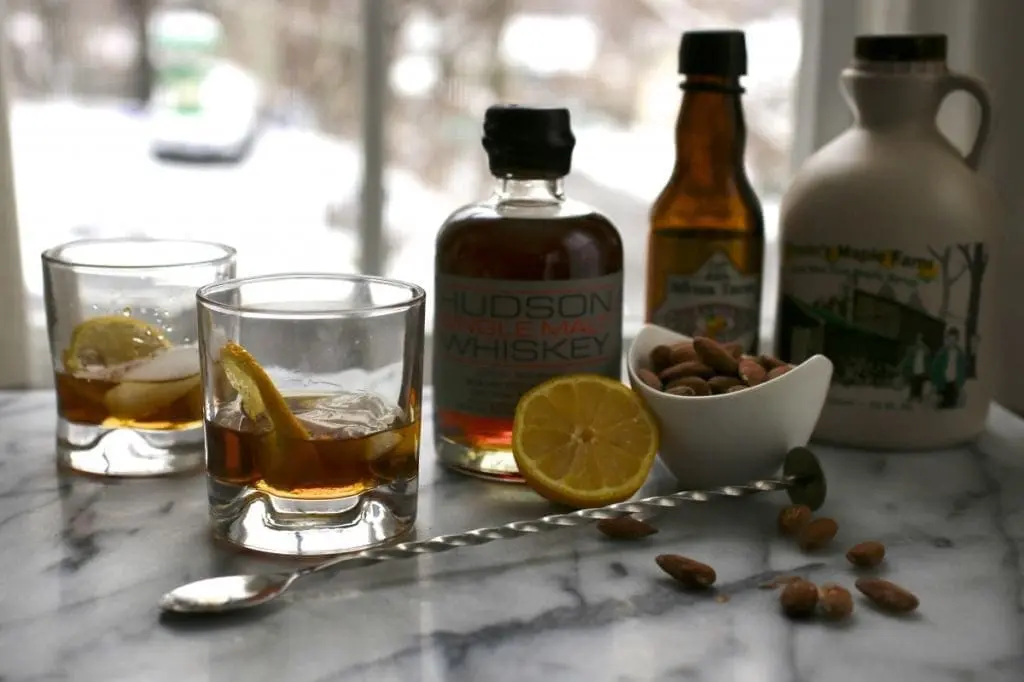Our recipe for chocolate chip cookies comes with a bit of history, a Cookie Monster / Tom Waits mashup, and our usual nerdy tips for the tastiest cookies.
Cookies! Who DOESN’T love them? The churlish people, that’s who, you know the ones I mean. Those sour, pinch-lipped joykills with hearts of black, black stone. People who, for whatever reason, just don’t have a sweet tooth. People whose doctors have advised them to maintain a cookie-free lifestyle. People with gluten intolerance. Er. Look, I’ll come in again.
Cookies! Who DOES love them?
While you’re enjoying that, have a little bit of history of chocolate chip cookies. No extra charge.
It’s not always possible to identify the exact time and place a recipe was invented, or with whom it originated, but with the chocolate chip cookie, we can. Not only do we know exactly who invented it, when, and where, but we also know that, somewhat bizarrely, it was invented before the chocolate chip.
In 1938 Ruth Wakefield, proprietor of the Toll House Inn in Whitman, MA, made a small change in the recipe for her butterscotch cookies, substituting a chopped-up chocolate bar. And that’s how chocolate chip cookies were born. It became so popular and renowned that Nestlé not only permanently added the name of her restaurant to their baking chocolate bars, but also began to sell packets of ready-made chips specifically to be added to this recipe.
Sadly, the inn burned down in 1985, and now the Toll House sign at the Inn’s original location only welcomes you to a Walgreen’s parking lot.


